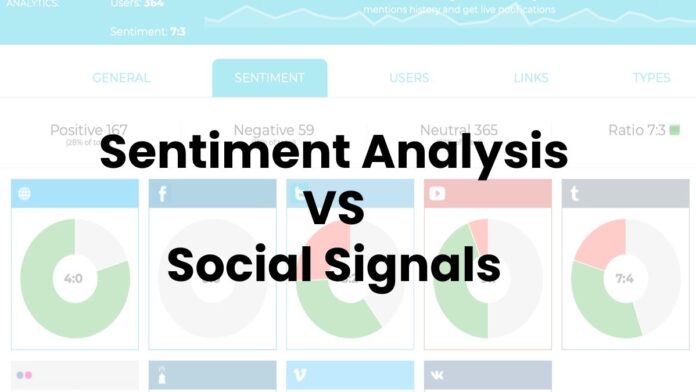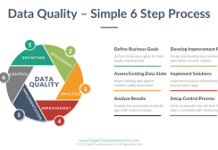In recent times, sentiment analysis has been used extensively in online reputation management campaigns. The core idea of this technique is to track the users’ online interactions with a particular brand or product. These days, most people rely on their social media platforms such as Facebook and Twitter to interact with friends and relatives. These platforms have proved valuable for brand monitoring, as they can provide insights into consumers’ opinions and emotions towards specific brands. However, the accuracy of these data cannot be guaranteed as it depends on a number of factors.
One of these factors is the way the consumer creates these social signals. There are a number of ways to create these social signals and only some of them have a measurable impact on the data. While sentiment analysis can benefit you when you need to gain insights about consumers’ online interactions, it may not prove helpful when you want to measure the effectiveness of your brand monitoring campaign. To avoid this issue, it is better to conduct a thorough search about the potential emotional connections a consumer forms with a particular brand. You should use emotional signs in your content and marketing material to gain insights about your customers’ psychology.
Sentiment analysis cannot measure the intensity of consumers’ emotional attachments to a company. It can help you understand their psychology but it won’t be able to identify specific emotions. On the other hand, social media monitoring can tell you how users form positive or negative social signals towards a brand. However, you can only infer a probable emotion from the social media data. Hence, you should combine both techniques to get the best possible insight into the brand monitoring campaign.
As already mentioned, sentiment analysis can provide you with crucial information about consumers’ online behaviors. You should also consider the amount of time they spend on each website. In this way, you can estimate the number of unique visitors to a website. This is useful for your brand monitoring strategy as it can help you estimate the effectiveness of your online advertisements.
You should also check the demographics of people who visit your site. You can get detailed information about the users who visit your site by logging in to your Google Analytics account. If you want to reach a wider audience, you can make use of third-party services such as Google AdWords to advertise your brand online. If you manage to attract visitors from a particular sector of the population, you will have a better chance of getting new customers. Therefore, it is important for you to monitor the demographics of your competitors’ brands.
You can improve your online marketing strategy by keeping track of the activities of your target audience. When it comes to brands’ online advertisements, the key is to create materials that are engaging and informative. A brand needs to be able to engage its audience in a meaningful way. The best way to do this is to analyze the ways in which the brand is communicating with its potential consumers. The more information you have about your target audiences, the easier it is for you to understand where improvements are needed in your online advertising campaign. As a result, you will be able to increase the number of people who visit your site and become regular customers.
Sentiment Analysis VS Social Signals is therefore an important factor to consider when you are planning to increase the traffic to your blog. Both these tools are useful for you when you want to improve your online presence. However, there is a subtle difference between the two. Although both are powerful when used together, it does not mean that you can use Sentiment Analysis to target a specific audience and Social Signals to measure the overall mood of your users. This can be easily done by creating ads that are specific to a brand’s genre or theme.
In conclusion, Sentiment Analysis VS Social Signals is a tool that you should keep in mind if you want to ensure that your brand’s message is reaching your targeted customers. By analyzing the communication channels you use, you will be able to understand whether your customers are able to understand the messages you are sending or whether they are being misunderstood. In most cases, using both tools together will increase the efficiency of your online marketing campaigns.











